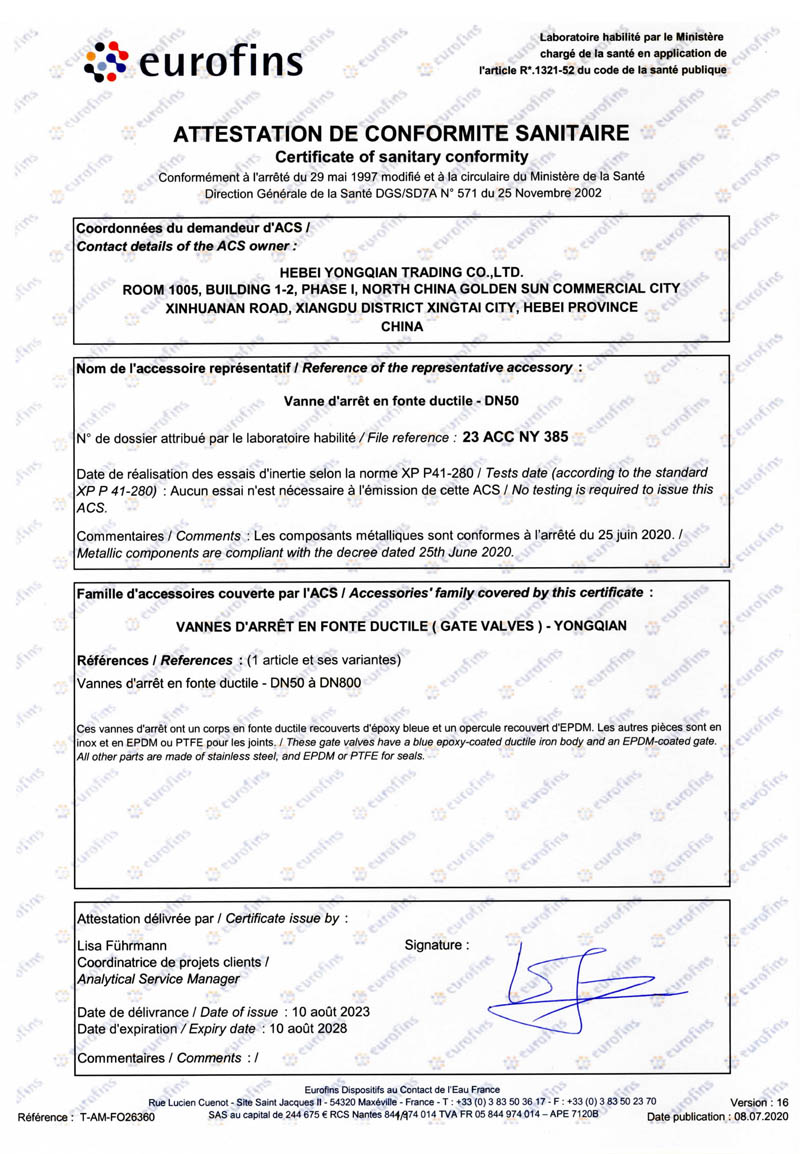bridge grating
Understanding Bridge Grating Key Aspects and Applications
Bridge grating is a fundamental component in civil engineering, particularly in the design and construction of bridges. This structural element is crucial for ensuring the integrity and safety of bridge designs while also providing additional benefits such as drainage and structural support. Understanding bridge grating involves exploring its types, materials, and applications in modern engineering.
Bridge grating can be defined as a framework or grid of bars that are used to cover openings in bridge decks, allowing for the flow of water and debris while maintaining load-bearing capabilities. This feature is particularly important in areas prone to heavy rainfall or flooding, where water accumulation can lead to structural issues. By incorporating grating, engineers can enhance the longevity of bridges, reduce maintenance costs, and ensure user safety.
One of the primary types of bridge grating is welded steel grating, which consists of flat steel bars welded together to form a grid pattern. This type of grating is favored for its strength and durability, capable of supporting heavy loads while resisting the effects of corrosion. Another popular option is fiberglass reinforced plastic (FRP) grating, which offers lightweight properties and high corrosion resistance. FRP grating is particularly useful in environments where traditional materials may degrade, such as coastal or industrial settings.
The choice of materials for bridge grating is critical because it directly affects performance and maintenance
. Steel gratings require regular inspections and coatings to protect against rust, whereas FRP gratings, while more expensive upfront, typically offer lower maintenance costs over time due to their resistance to environmental factors. When selecting materials, engineers must consider factors such as load requirements, environmental conditions, and budget constraints to make informed decisions.bridge grating

Bridge grating serves multiple purposes beyond just load distribution and drainage. It also plays a significant role in safety. By allowing water to flow through, grating reduces the risk of ice formation during winter months, which can create hazardous conditions for vehicles and pedestrians. Moreover, the open design of grating provides better visibility for drivers, enhancing overall safety on and around bridges.
In addition to ensuring safety and functionality, the aesthetic aspect of bridge grating cannot be overlooked. Engineers and architects often collaborate to design bridge gratings that blend seamlessly with the overall architecture of the bridge. This integration of form and function not only enhances the visual appeal of the structure but also contributes to community identity and pride.
As advancements in materials science continue to evolve, so do the capabilities of bridge grating systems. Innovations such as composite materials and advanced manufacturing techniques promise to deliver even more efficient and durable solutions for future bridge designs. These developments provide exciting opportunities to enhance not only the safety and longevity of bridges but also their overall performance.
In conclusion, bridge grating is an essential component in the realm of civil engineering that warrants careful consideration. From its varied types and materials to its crucial roles in safety, functionality, and aesthetics, understanding bridge grating is fundamental for anyone involved in bridge design and construction. As engineers look towards the future, the ongoing evolution of materials and techniques will undoubtedly lead to even greater advancements in the field of bridge grating, ultimately benefiting infrastructure and the communities they serve.
-
The Smarter Choice for Pedestrian AreasNewsJun.30,2025
-
The Gold Standard in Round Drain CoversNewsJun.30,2025
-
The Gold Standard in Manhole Cover SystemsNewsJun.30,2025
-
Superior Drainage Solutions with Premium Gully GratesNewsJun.30,2025
-
Superior Drainage Solutions for Global InfrastructureNewsJun.30,2025
-
Square Manhole Solutions for Modern InfrastructureNewsJun.30,2025
-
Premium Manhole Covers for Modern InfrastructureNewsJun.30,2025
